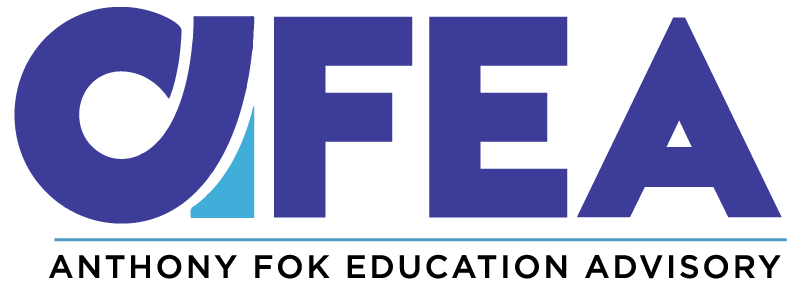In this article, Richard Vedder reflects on the changes he has observed in the education landscape before his 54th year of teaching Economics at the tertiary level.
Mr Vedder observed that today, compulsory readings for students are only the prescribed textbook as well as occasional suggestions for students to watch a short video on YouTube. Students’ average grades have also gone up from C in 1965, to a B today. Class time has also shrunk by 10% and students actually attend class for fewer hours. Annual university tuition fees have also increased almost quadruple the amount in 1965, such that attending university today is actually a greater financial burden than earlier in history.
Mr Vedder also writes about how globalisation has strongly impacted university life with more foreign students as well as members of faculty and students spending more time teaching and learning in other countries. There is also an increased emphasis on research which has led to significant reduction in teaching loads.
He ends off his observations by sharing that the rate of change in higher education is only going to start increasing substantially, driven by unsustainable economic realities such as soaring tuition fees and underemployment of graduates.
As per Mr Vedder’s views, the environment of the education landscape has certainly changed. However, the transmission of information as well as key concepts in each subject, have pretty much remained unchanged. That is not to say however that the education landscape will not be disrupted further. In the future, given the advent of advanced technology and communication tools, we may even see more classes conducted entirely online, with professors relaying information through screens instead. The question to bear in mind however, is whether we will be just as effective?
If you want to read more, click the following link:
https://www.forbes.com/sites/richardvedder/2018/08/27/higher-education-then-1965-and-now/#396aa63c793d
